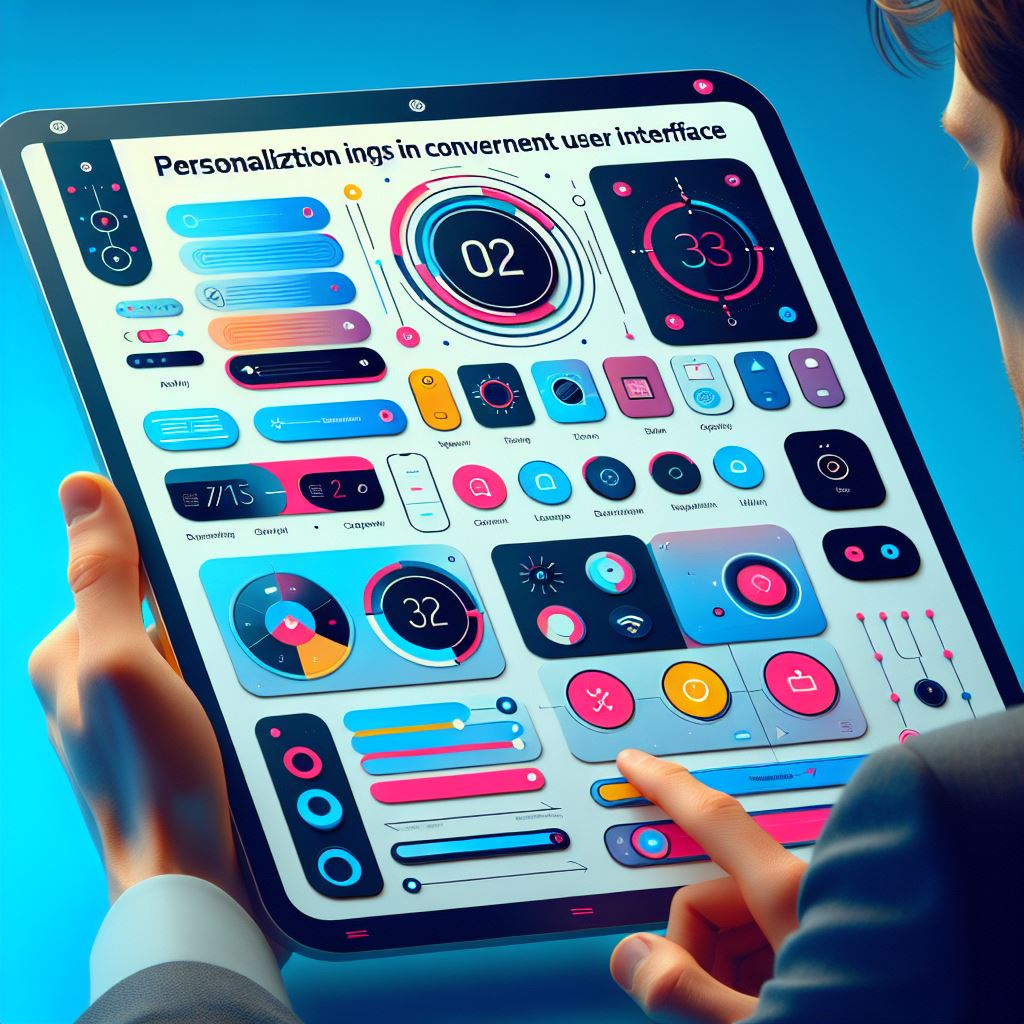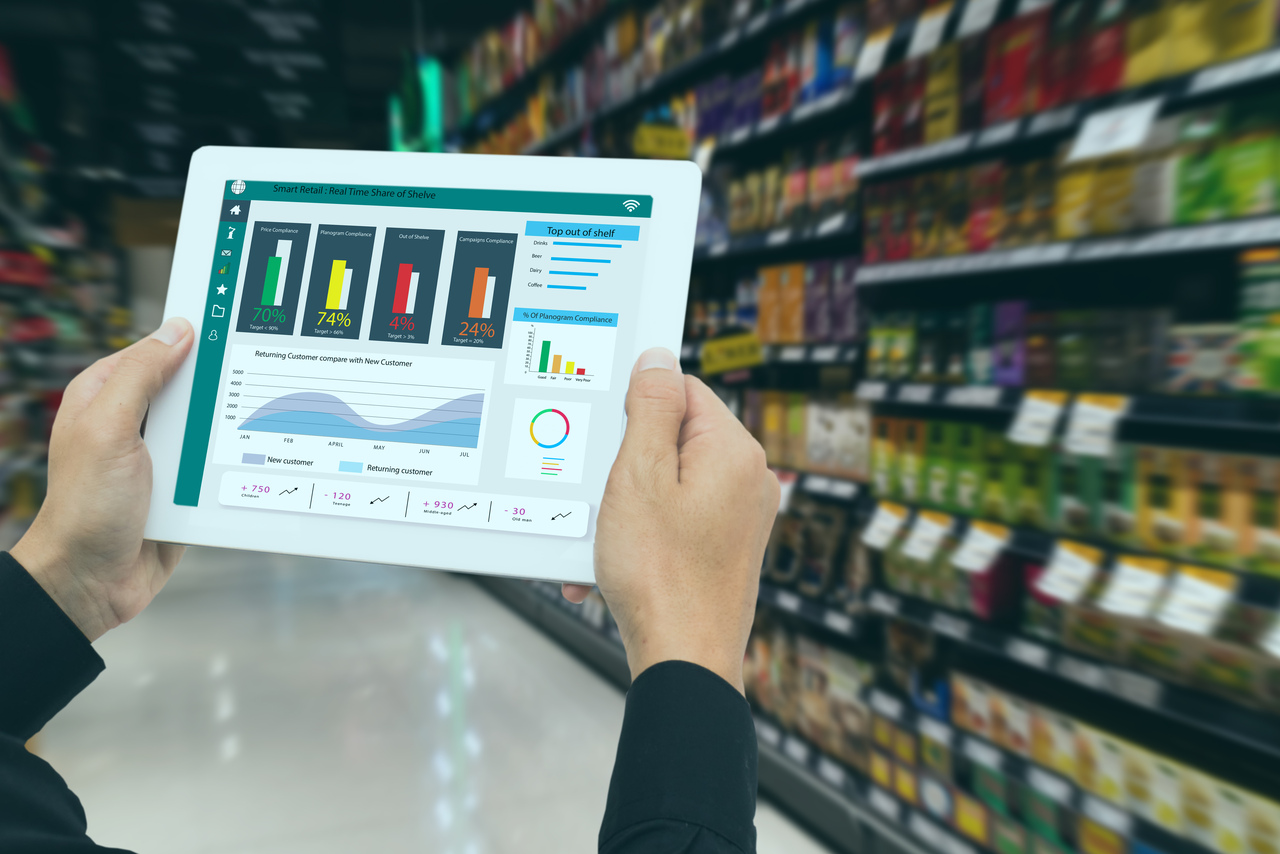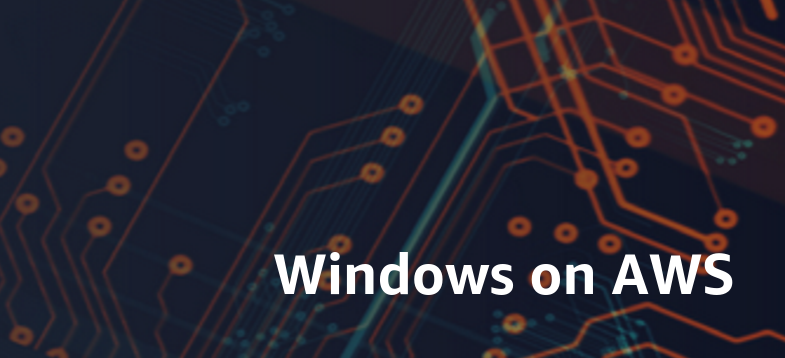In the ever-evolving landscape of technology, the concept of Convergent UI (User Interface) has gained significant traction. Convergent UI refers to the seamless integration of multiple functionalities and services into a single, unified interface. This approach aims to enhance user experience by providing a cohesive and intuitive interaction with various applications and devices. Despite the numerous benefits of Convergent UI, there are certain limitations that must be considered.
Benefits of Convergent UI
Enhanced User Experience
By integrating multiple functionalities into one interface, users can perform tasks more quickly and with less effort, leading to a more satisfying experience. Consider a smart home system where the user can control lighting, temperature, security cameras, and entertainment systems from a single app. This unified interface consolidates multiple functionalities into a single, cohesive experience, thereby simplifying user interactions and improving overall efficiency.

Consistency Across Devices
A consistent interface across different devices ensures that users do not have to relearn how to use each device, providing a smoother and more cohesive experience. Apple’s ecosystem is a prime example of convergent UI, where devices like the iPhone, iPad, MacBook, and Apple Watch offer a consistent user experience. Features like Handoff and Universal Clipboard allow users to start a task on one device and continue it on another seamlessly.
Increased Efficiency
Streamlining various tools into a single interface minimizes the cognitive load on users, allowing them to focus more on their tasks rather than managing multiple applications. In a business environment, a convergent UI can integrate email, calendar, task management, and communication tools into one platform, such as Microsoft Teams. This reduces the need to switch between different applications, saving time and increasing productivity.

Cost Savings
Consolidating services into a single platform can lead to significant cost savings in terms of software procurement, maintenance, and training. For businesses, adopting a convergent UI can reduce the need for multiple software licenses and training programs. For instance, using a unified communication platform can eliminate the need for separate tools for video conferencing, messaging, and file sharing.
Personalization
By integrating data from various sources, a convergent UI can provide personalized content and suggestions, enhancing user satisfaction and loyalty. Streaming services like Netflix and Spotify use convergent UI to offer personalized recommendations based on user preferences and viewing/listening history. This creates a tailored experience that keeps users engaged.

Improved Accessibility
Consolidating services into a single, accessible interface can significantly improve the usability for individuals with varying abilities, ensuring that everyone can benefit from the technology. A convergent UI in a healthcare app can integrate patient records, appointment scheduling, and telemedicine services. This centralized platform streamlines healthcare access for patients, particularly those with disabilities, by consolidating various functionalities into a single interface.
Challenges of Convergent UI
Complexity in Design and Development
The complexity of designing and developing a convergent UI can be a major hurdle, as it involves integrating diverse functionalities while maintaining a user-friendly interface. Developing a convergent UI for a smart home system that integrates various third-party devices and services can be highly complex. Ensuring compatibility and seamless interaction between different components requires significant effort and expertise.
Performance Issues
Integrating multiple functionalities into a single interface can strain system resources, leading to performance degradation if not managed effectively. A convergent UI that integrates multiple resource-intensive applications, such as video editing, graphic design, and 3D modeling tools, may face performance issues. Users might experience lag or crashes if the system is not optimized properly.
Security and Privacy Concerns
The integration of multiple services increases the attack surface, making it essential to implement stringent security protocols to safeguard user data. A convergent UI that consolidates personal data from various sources, such as banking, health, and social media, into one platform can become a prime target for cyberattacks. Ensuring robust security measures is crucial to protect sensitive information.
User Adaptation
Transitioning to a convergent UI can be difficult for some users, particularly those who are less tech-savvy or resistant to change. Providing adequate support and training is essential to facilitate this transition. Users accustomed to traditional interfaces may find it challenging to adapt to a convergent UI. For instance, older adults might struggle with a new smart home app that integrates various controls into one interface.
Balancing Consistency and Customization
While consistency is a key benefit of convergent UI, it can also be a challenge to balance it with the need for customization. Users may have different preferences and expectations based on the device they are using, and a one-size-fits-all approach may not always be ideal. A mobile app may need to offer different features or layouts compared to its desktop counterpart to better suit the mobile context and user behavior.
Interoperability
The success of Convergent UI hinges on seamless interoperability between diverse systems and technologies. However, overcoming technical and standardization hurdles is a significant challenge. In the context of smart cities, a convergent UI might need to integrate various systems such as traffic management, public transportation, and emergency services. Ensuring the seamless integration and interoperability of these diverse systems requires careful planning and technical expertise.
Scalability Issues
Ensuring that a convergent UI can scale without compromising performance or user experience is a significant challenge that requires careful planning and robust infrastructure. As a business grows, its convergent UI must be able to handle an increasing number of users and data. For instance, an e-commerce platform integrating inventory management, customer service, and sales analytics needs to scale efficiently to accommodate growth.
Convergent UI represents a significant leap forward in user interface design, offering a multitude of benefits that enhance user experience, efficiency, and accessibility. By integrating various functionalities into a single, cohesive platform, users can enjoy a more intuitive and personalized interaction with their devices and applications. Examples such as smart home systems, business productivity tools, and personalized streaming services illustrate the potential of Convergent UI to simplify and enrich our digital lives. However, the journey towards fully realizing the potential of Convergent UI is not without its challenges. The challenges associated with design complexity, performance optimization, security, privacy, and user adoption are substantial. Additionally, scalability and interoperability present further challenges as systems grow and integrate more diverse functionalities. Despite these obstacles, the future of Convergent UI is promising. By focusing on innovative solutions and maintaining a user-centric approach, developers and designers can overcome these challenges, paving the way for a more integrated and user-friendly technological landscape. As we continue to advance, the benefits of Convergent UI will likely outweigh the challenges, leading to a more seamless and efficient digital experience for all users.








